Friday, August 27, 2021
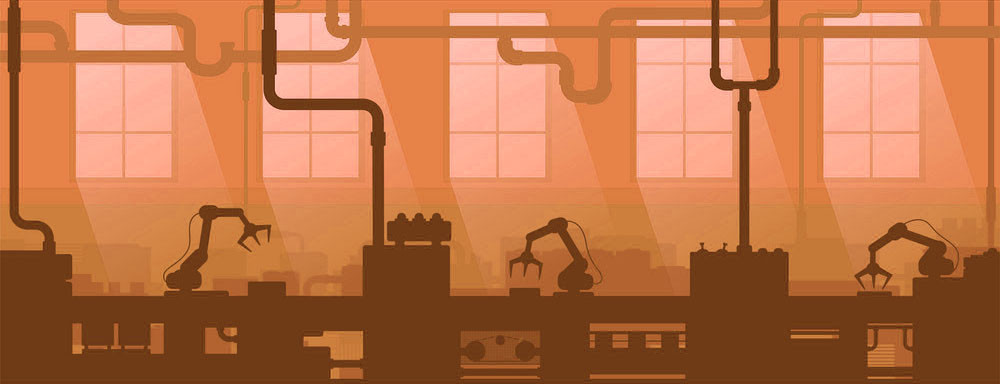
The technological world is continuing to develop, and so is automation. Automation infused with artificial intelligence and machine learning is enabling businesses to stay ahead of challengers and integrate the latest technology available. Automation is changing the way businesses create, manufacture, and distribute their goods and services. It is sparking a revolution, employing people to work smarter, not harder.
Cobots are an emerging trend in the manufacturing space. They are so called because they can work with and next to humans without the usual safety requirements that their counterparts “Industrial” Robots require. They are also very easy to train and deploy meaning they are flexible, involve engineering and can be repurposed or multifunctional. Some of the most common COBOT applications are palletising (putting manufactured goods onto Pallets), depalletising (taking goods off Pallets), box erecting, spraying, polishing, welding, labelling, bolting/screwing, path assembly and the list goes on and on.
COBOTS are often deployed together with other components to realise more complex tasks for example:

AMR's are taking the place of conveyors without the space. This fast growing area of automation is taking over applications that require minimal managerial wandering. True AMR’s typically use Lidar scanners for SLAM (Simultaneous Locating and Mapping). Ingeniously they can be used to build a map of their facility using their inbuilt scanners and self regulated missions. They can be deployed in as little as half an hour or a few hours for a larger facility. The scanners also allow them to avoid obstacles and re-route when alternate paths are available. Large distribution centres are using fleets of AMR’s for order fulfilment.
Typical uses in manufacturing are:
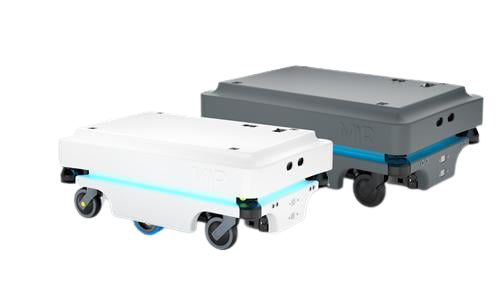
Although OEE is nothing new there has been a surge in the IOT world where lots of data is available and more and more open platforms are able to harvest and analyse it. OEE stands for overall Equipment Effectiveness. IOT is the Internet of Things, but in the automation world, this is a world of devices and resources that can be connected to the Internet either for gathering data or consuming it. These two things come together for optimising production line very effectively. The OEE onus is on reducing waste and downtime thereby increasing company performance and profits.
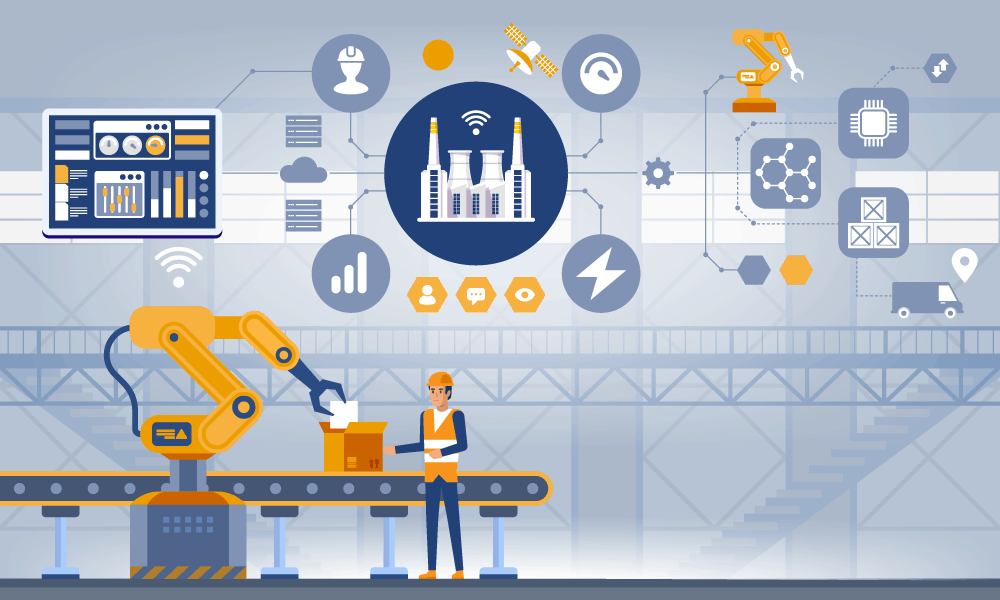
Unlike VR this is actually where the real world is augmented with virtual items. This is extremely beneficial for manufacturing processes as it allows for all manner of information and support to be carried with the operator. It also is very helpful for support and monitoring purposes for instance an expert on a certain type of machine can come online and direct an operator in his own vision on what to check and adjust. For instance with COVID a lot of manufacturing projects have been impacted because deploy or assemble resources could not travel. The MR Technology enabled the expert to travel virtually. In manufacturing there is often a complex process of assembly they Quality control and/or testing.
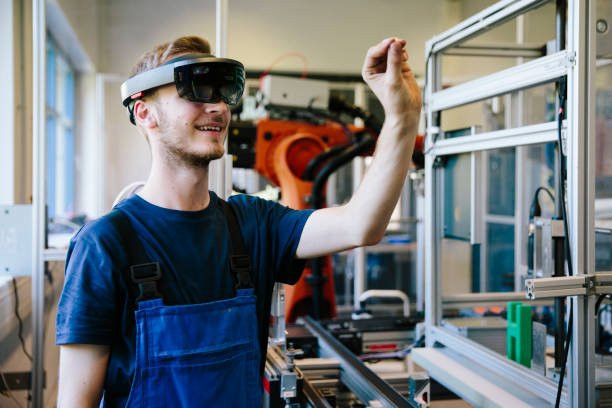
Vision systems have been evolving steadily. Virtually everything is possible now with vision. There is an area of vision that has made breakthroughs recently this is known as Hyperspectral Imaging. The main difference is that instead of just recording RGB values (colours) they can record much wider ranges of the electromagnetic spectrum. The visible range of the electromagnetic spectrum is actually just a small slice of the whole range. In basic terms this means these camera’s can see a lot more than before and at a much higher resolution. So typical applications that were difficult eg detecting mould of the same colour as a product, seeing water (transparent things), even seeing reflectance, fluorescence, freshness of fruits, bruising, distribution of sugar, quality of products, it is even being used for foreign object detection too. In other areas of vision the cost is coming down too so it is now possible to perform size checking, checking for cracks, deformations at increasing low costs. Smarts sensors are now sub $1000 and can perform pattern matching, Optical Character Recognition and much more. The breakthrough in this technology allows step change, quality control, greater speeds and new applications.
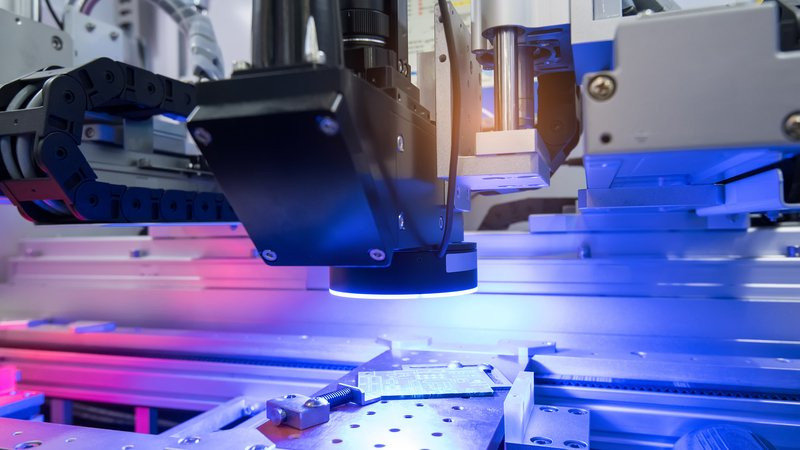
Written by Mitchell Burrows, Business Development Manager at Fast Automation Pty Ltd.
Based in Australia, Fast Automation has over twenty years of experience in the automation industry and has performed thousands of world-first, mission critical automation projects.
Fast Automation are highly passionate about helping clients do more for less and do it for longer, better, safer and faster. Leading the industry for new and innovative technologies, Fast Automation are currently integrators of a range of automation systems.
Beyond automation, Fast Automation is a believer of giving back to the community and is a proud supporter of The Kid's Cancer Project among other causes.
To find out more about automation systems or how we at Fast Automation can help your business contact us today at 1300 PLC EXP or info@fast-automation.com.
< Back to post list